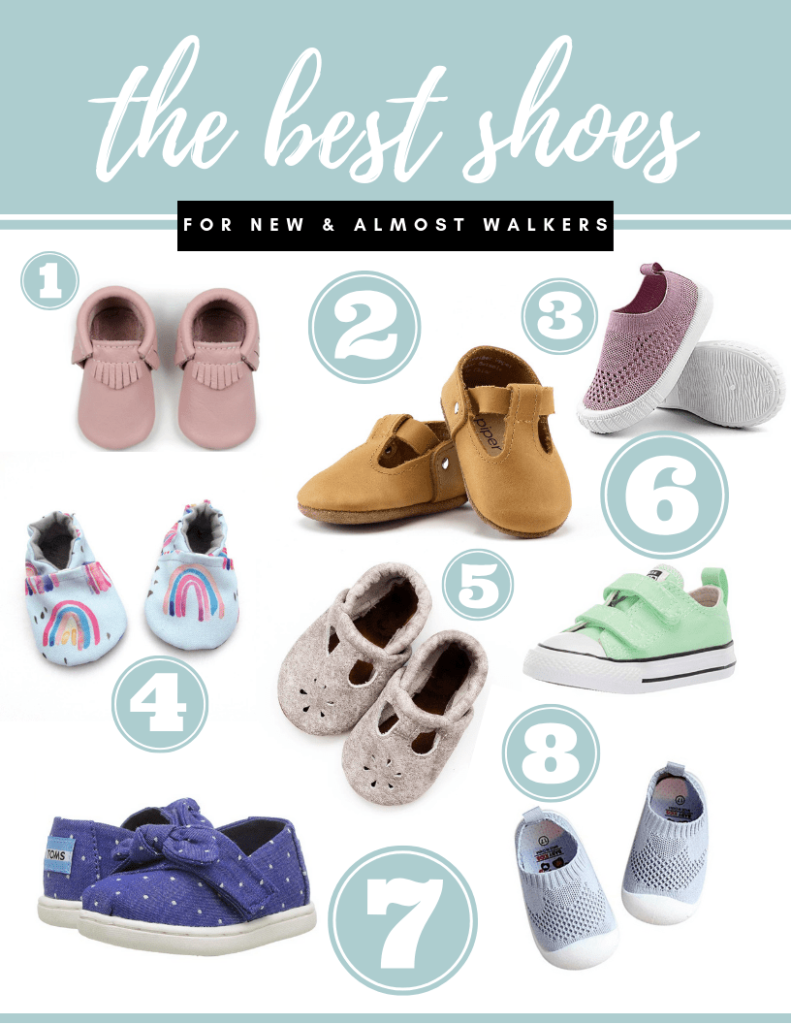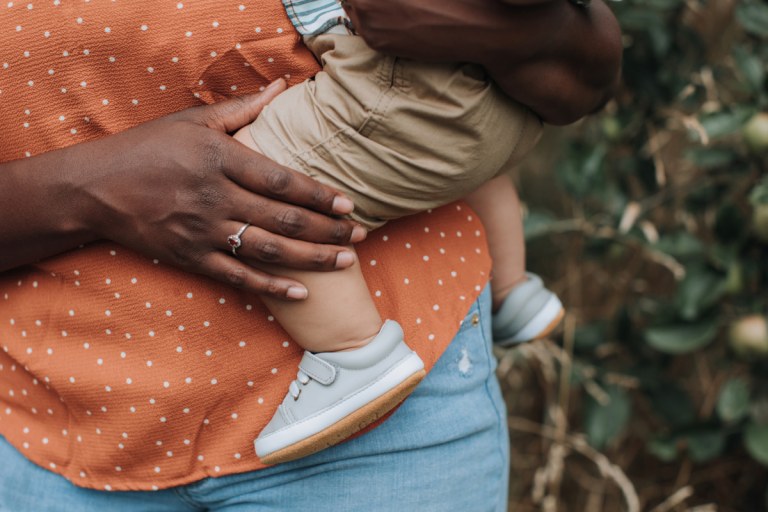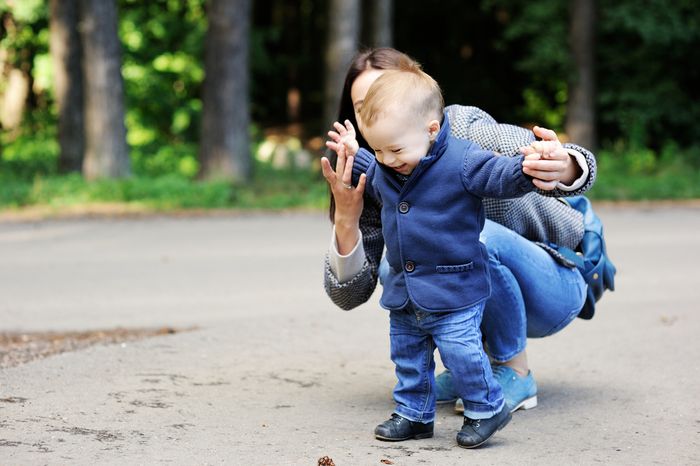Choosing the right shoes for your little one is crucial as they begin their walking journey. As a parent, you want only the best for your child, and this includes finding shoes that provide support, protection, and comfort. In this comprehensive guide, we’ll explore the best baby shoes for walking, along with tips, pros and cons of various options, and local experiences that can help you make an informed decision.
Why Are Shoes Important for Walking Babies?
As babies transition from crawling to walking, their shoe choices play a fundamental role in their overall development. The right footwear can:
- Provide support and stability.
- Protect delicate feet from injuries.
- Aid in balance and coordination.
- Encourage natural foot movement.
What to Look for in Baby Shoes
When selecting shoes for your walking baby, consider the following features:
- Flexibility: Shoes should allow for natural foot movement and bending.
- Fit: Proper fit is essential. A shoe that is too tight may cause discomfort.
- Cushioning: Look for soft, cushioned insoles for added comfort.
- Traction: Non-slip soles help prevent falls.
- Breathability: Materials should be breathable to keep little feet cool.
Top Brands for Baby Shoes
1. Stride Rite
Stride Rite has been a trusted name in children’s footwear for decades. Their shoes are designed specifically for active toddlers.

Pros:
- Variety of styles and colors.
- Quality materials for durability.
- Expertly crafted for proper fit.
Cons:
- Price can be higher than other brands.
- Limited options for wide feet in some styles.

2. Pediped
Pediped shoes are known for their flexible designs that mimic barefoot movement. They are often recommended by podiatrists.
Pros:
- Flexible soles to support foot development.
- Washable materials.
- Available in various widths.

Cons:
- Higher price point.
- Some users report sizing issues.
3. Robeez
Robeez is famous for its soft-soled shoes, perfect for indoor wear and early walking. Their designs are playful and trendy.

Pros:
- Extremely flexible for natural movement.
- Variety of cute designs.
- Affordable pricing.
Cons:
- Not suitable for outdoor wear.
- Less protection against sharp objects.

Comparison Table of Top Baby Shoe Brands
| Brand | Flexibility | Durability | Price Range | Best For |
|---|---|---|---|---|
| Stride Rite | High | High | $$ | Outdoor Activities |
| Pediped | Very High | Medium | $$$ | Walkers |
| Robeez | Very High | Low | $ | Indoors |
Tips for Choosing Baby Shoes

Measure Your Baby’s Feet
It’s crucial to measure your baby’s feet before buying shoes. Use a soft tape measure or consult a local shoe store that specializes in children’s footwear.
Check for Growth Room
Ensure the shoes have about a thumb’s width of space at the front. This allows for growth without compromising comfort.

Try Shoes on with Socks
If your baby wears socks, make sure to try shoes on with the type of socks they usually wear to ensure a proper fit.
Local Experiences: Shopping for Baby Shoes in the USA
Many parents enjoy the experience of shopping for baby shoes in local boutiques or larger retail stores. It’s not only about the shoes but also about enjoying time with your child. Some popular chains known for their excellent selection include:
- Burlington – Offers a range of affordable baby footwear.
- Target – Known for trendy designs at budget-friendly prices.
- Amazon – A vast selection with customer reviews for informed choices.
Pros and Cons of Buying Baby Shoes Online vs. In-Store
Online Shopping
Pros:
- Wider selection with access to many brands.
- Convenience of shopping from home.
- Often better prices due to fewer overheads.
Cons:
- Difficulty in determining the correct size.
- Shipping delays can be inconvenient.
- No ability to physically try the shoes on first.
In-Store Shopping
Pros:
- Ability to try shoes on and assess fit.
- Immediate purchase without waiting for shipping.
- Expert advice from staff.
Cons:
- Limited selection compared to online.
- Can be time-consuming, especially with a toddler.
- Potentially higher prices.
FAQs About Baby Shoes for Walking
What are the best materials for baby walking shoes?
The best materials for baby shoes include breathable fabrics like mesh, leather for durability, and rubber soles for traction and protection.
How do I know when my baby is ready for shoes?
Most babies are ready for shoes once they start walking confidently outside. Look for signs of mobility and stability while walking.
How often should I replace my baby’s shoes?
It’s advisable to check your baby’s shoes every few months for fit and wear, replacing them every 3 to 6 months or as they grow.
Can I use regular shoes for my baby?
Regular shoes are not designed for the specific needs of walking babies. Seeking shoes specifically designed for toddlers is crucial for proper development.
Conclusion
Finding the best baby shoes for walking is an important step in your child’s development. With various options available, you can ensure that your little one walks comfortably and safely. Whether you prefer the convenience of online shopping or the personal touch of local boutiques, the perfect pair of shoes is out there waiting for you. Always remember to prioritize fit, comfort, and flexibility to support your baby’s growing feet.
For more information on child footwear recommendations and studies, check the following study from the National Institutes of Health on children’s footwear.